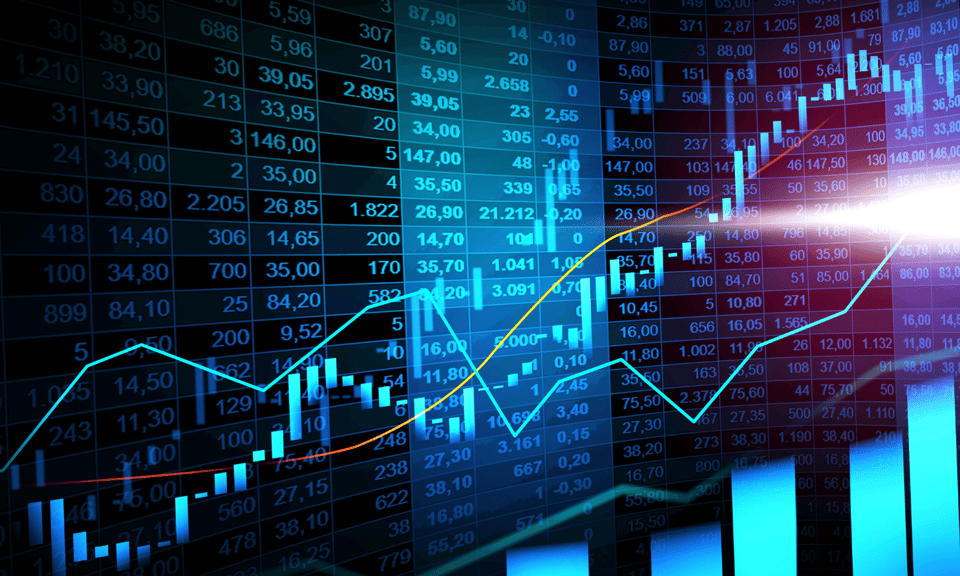To achieve success within the dynamic environment of futures trading, aspiring traders must engage the market with confidence, discipline and consistency. The development of a comprehensive trading strategy can greatly increase a trader’s aptitude in each of these areas.
A trading strategy gives a trader the ability to behave routinely in the face of chaotic or turbulent markets. It spells out, in concrete terms, the methodology behind trade selection, trade management, and money management. Developing a suitable trading strategy is an extensive, but necessary process.
Trading Methodology: How and What to Trade
The futures marketplaces of the world are constantly evolving, highly competitive arenas. Sustaining profitability in such atmospheres can prove to be a monumental task because what worked yesterday may simply not work today.
You need to address several facets of trading when building a viable strategy:
- Trading Style: Are you a discretionary or systematic trader? This question speaks directly to how you will identify trading opportunities and interact with the market. A discretionary approach involves the trader making subjective decisions regarding when to enter and exit the marketplace. Conversely, a systematic trader uses a concrete set of rules for market entry and exit, with zero subjectivity.
- Trade Management: What time frame to trade? The amount of time you hold an active position in the market is a huge part of defining trade management parameters. The basis for closing out an open position depends upon whether one is a scalper, day trader, swing trader or intermediate term investor.
- Product: Which market to trade? One of the biggest advantages to trading futures is the variety of products available for trade. Each market exhibits unique behavior, presenting distinct opportunities. Selecting the optimal product, given the style and available resources, is a key element of a solid trading strategy.
Money Management: “It’s Not What You Make, It’s What You Don’t Lose.”
No trading strategy is complete without a concrete set of rules governing the allocation of capital. In order to have a viable money management approach, you must quantify a few factors:
- Available Capital: Is the account adequately funded? Simply put, what are the available capital resources? If the account balance is inadequate for the style of trading, then the integrity of the trading strategy is compromised.
- Optimal Risk vs. Reward: Is this trade worth the risk? Each trade opportunity must have an acceptable chance of achieving a worthwhile gain in return for the assumed risk. This is known as “positive expectation.”
- Account Stress: How expensive is this trade? Account stress refers to the drawdown in equity as a result of a trade’s loss. If a specific trade requires a generous portion of the trading account, then the longevity of the system will be in question. In futures, a per-trade risk of 1 percent to 3 percent of the trading account is commonly viewed as optimal.
Always remember that money management and trade methodology exist in a symbiotic relationship. They must operate in alignment and complement one another for a strategy to succeed.
The Completed Strategy
Let’s say veteran metals trader Morgan wants to become active in the gold market. Here is an example of a completed strategy:
| Trading Style | Discretionary |
| Trade Management | Intraday scalping |
| Product | CME Gold futures, (GC) |
| Available capital | US$5000 |
| Risk vs. Reward | Potential trades must have a minimum 2:1 profit/loss |
| Account Stress | Maximum 3 percent of the account balance |
Although an actual trading strategy will be much more specific, this illustration outlines the criteria for spotting a trade, market entry and exit, trade expectation, and capital constraints. Because these elements are clearly defined, you can measure the effectiveness of the strategy and identify weaknesses.
Any trades are educational examples only. They do not include commissions and fees.
Putting It All Together
Developing a comprehensive trading strategy can be a daunting task. Personality characteristics, level of expertise, and available resources (both capital and time) are all considerable factors that you need to take into account when building the strategy. In many cases, brokerage firms offer extensive market experience and services to aid in strategy development.
Ultimately, the success or failure of the strategy depends upon a wide variety of factors, many of which are beyond the trader’s control. However, through the development of a comprehensive trading strategy, the odds of achieving longevity in the marketplace increase dramatically.



